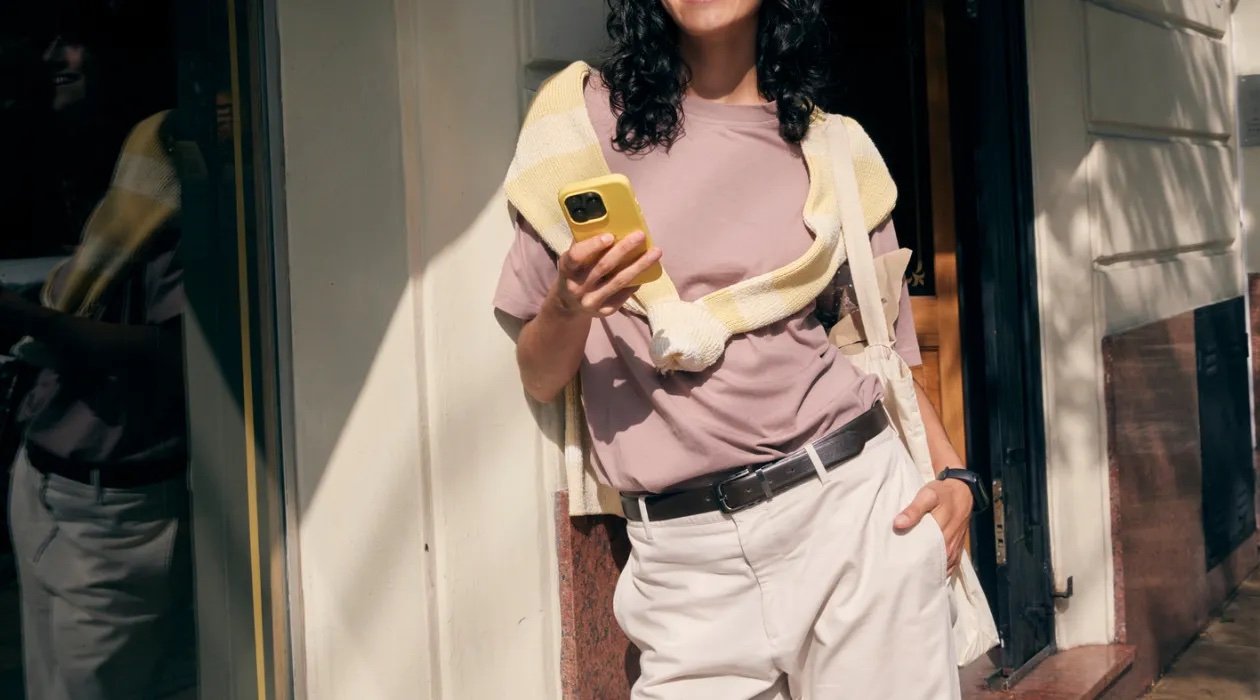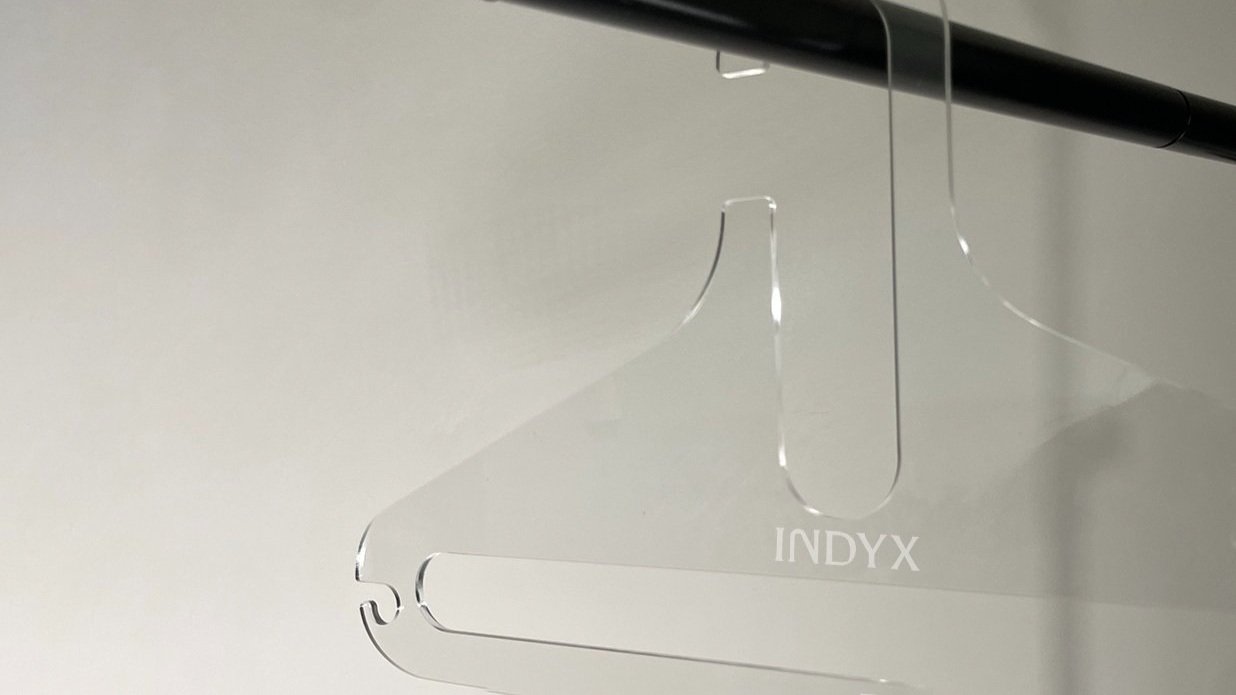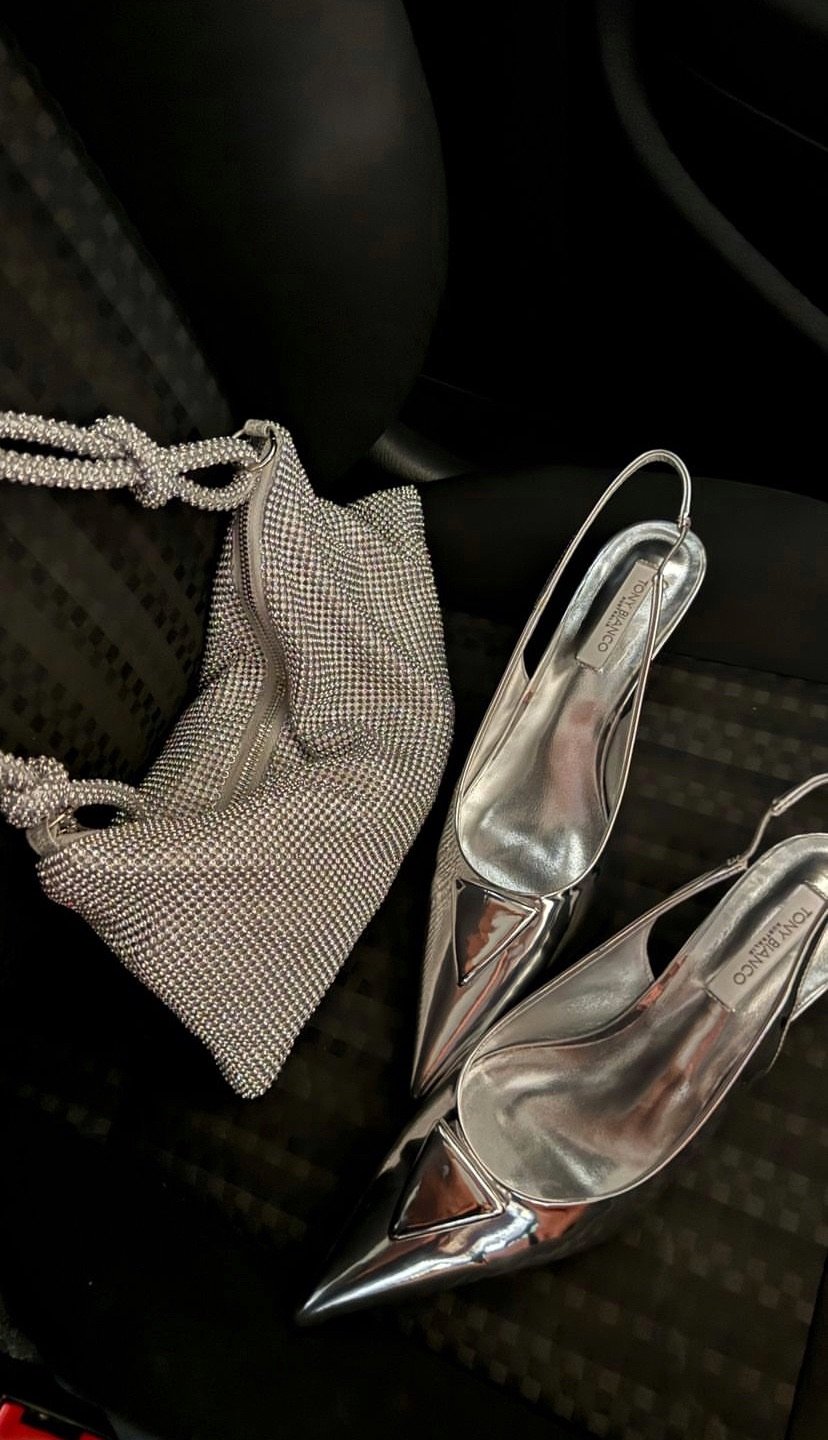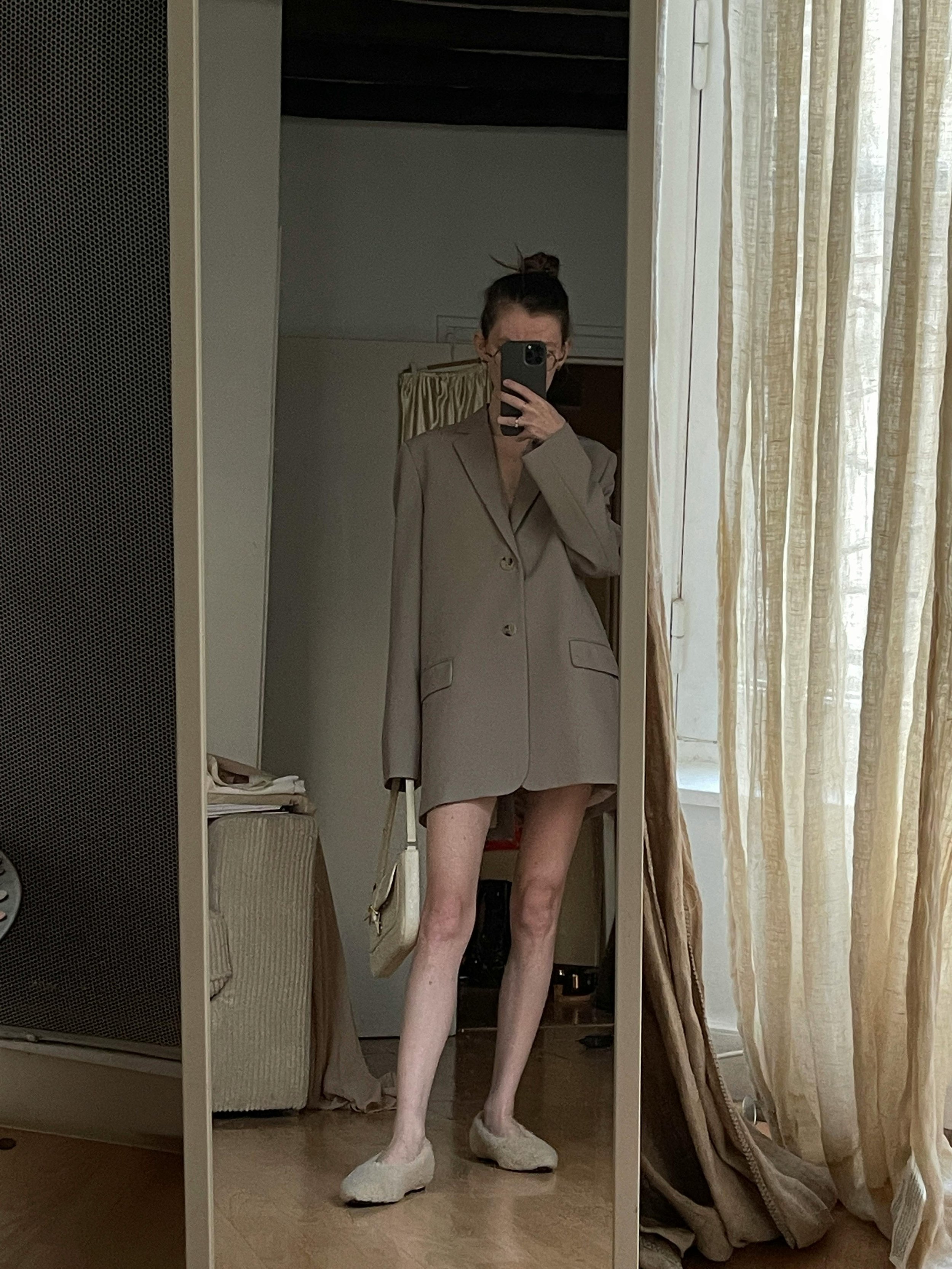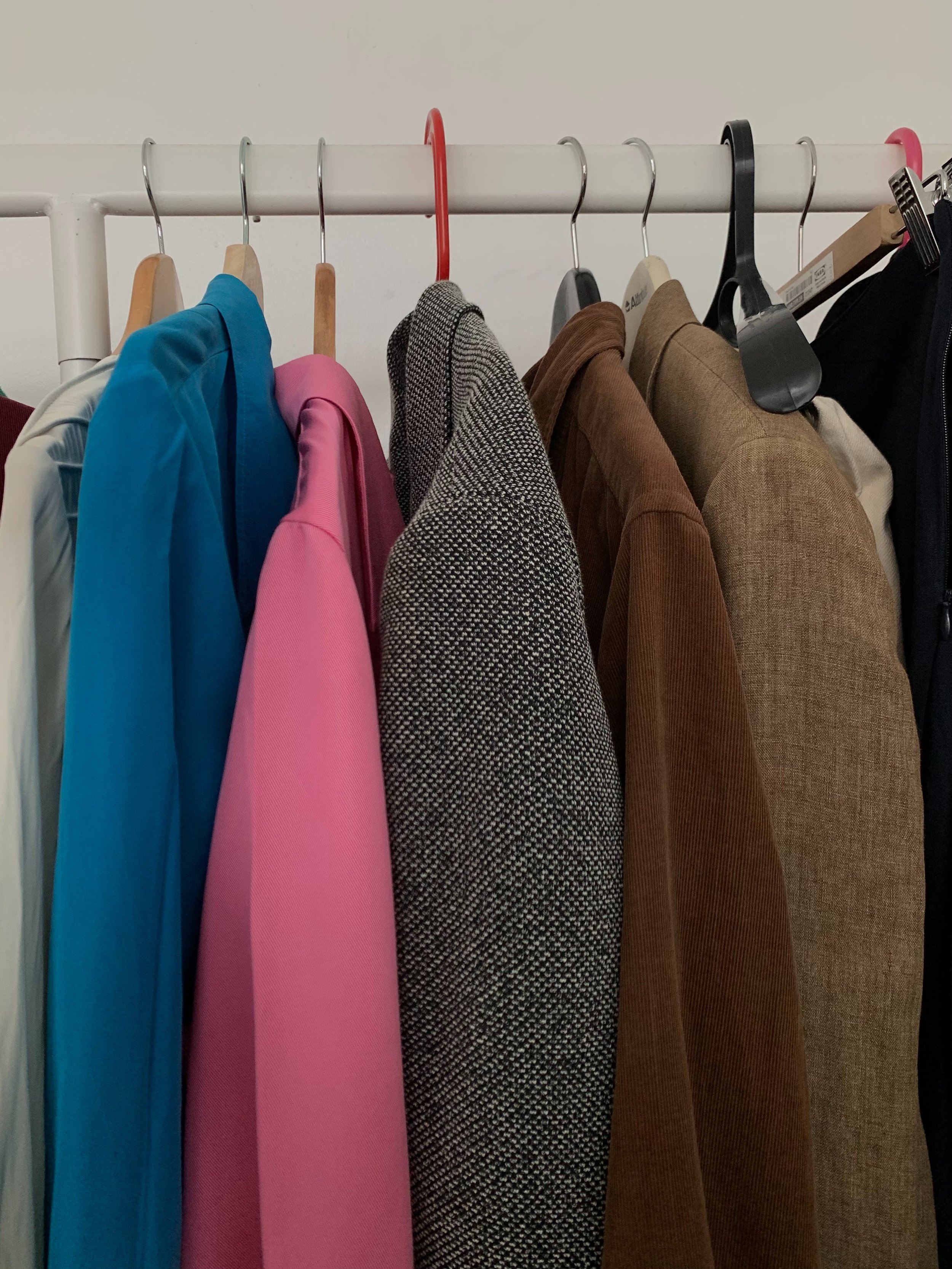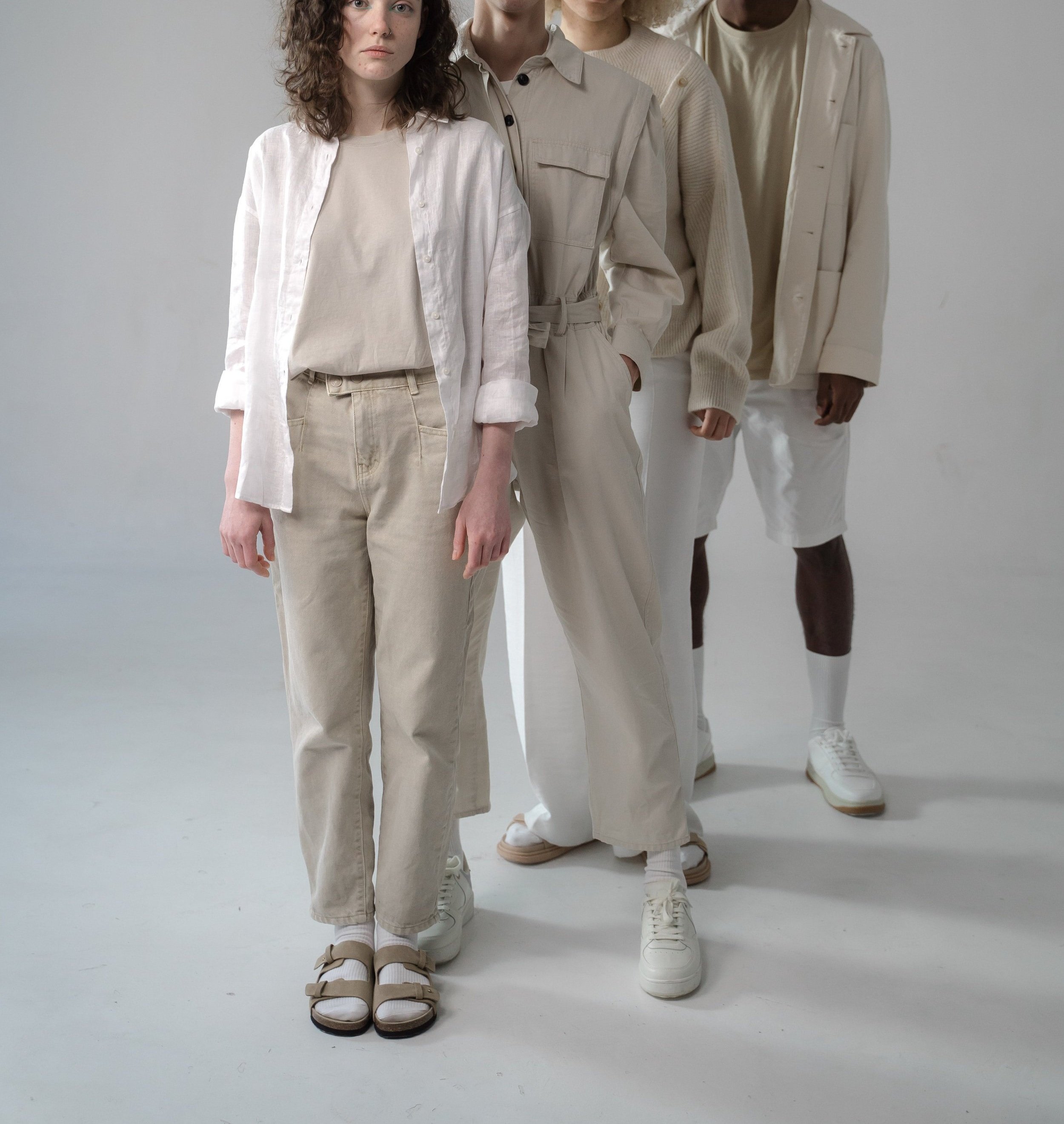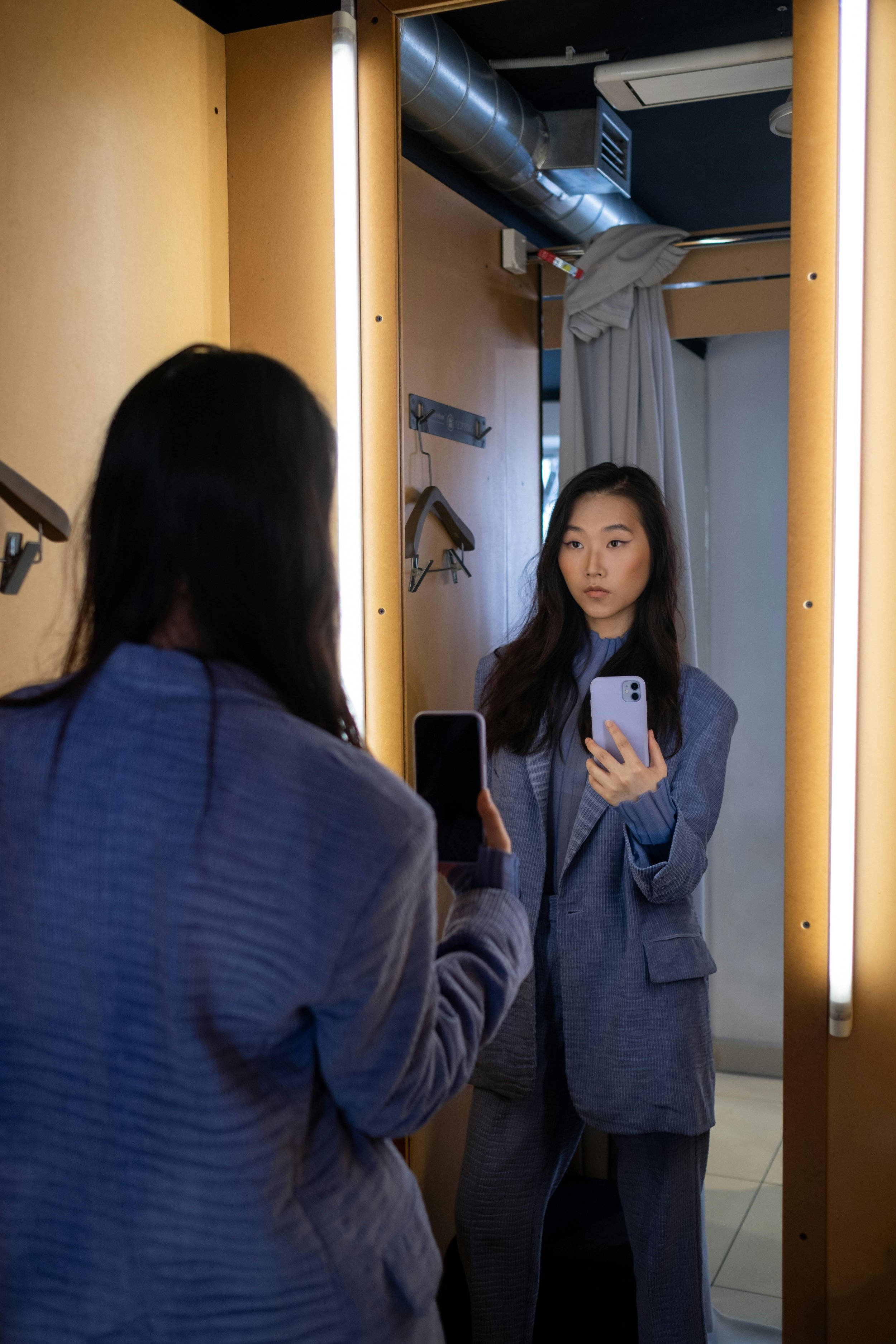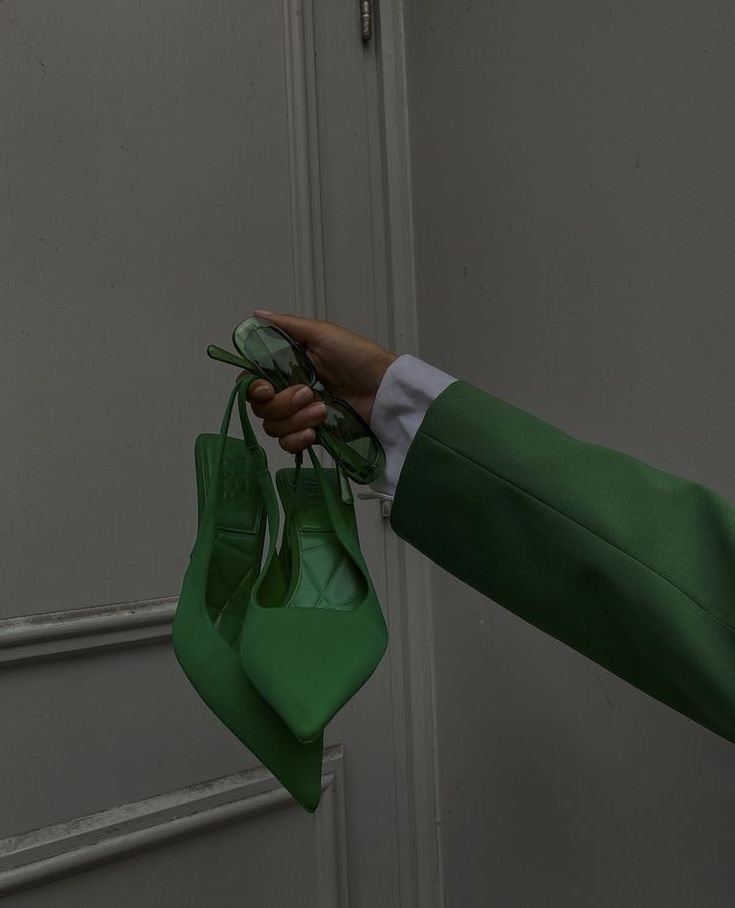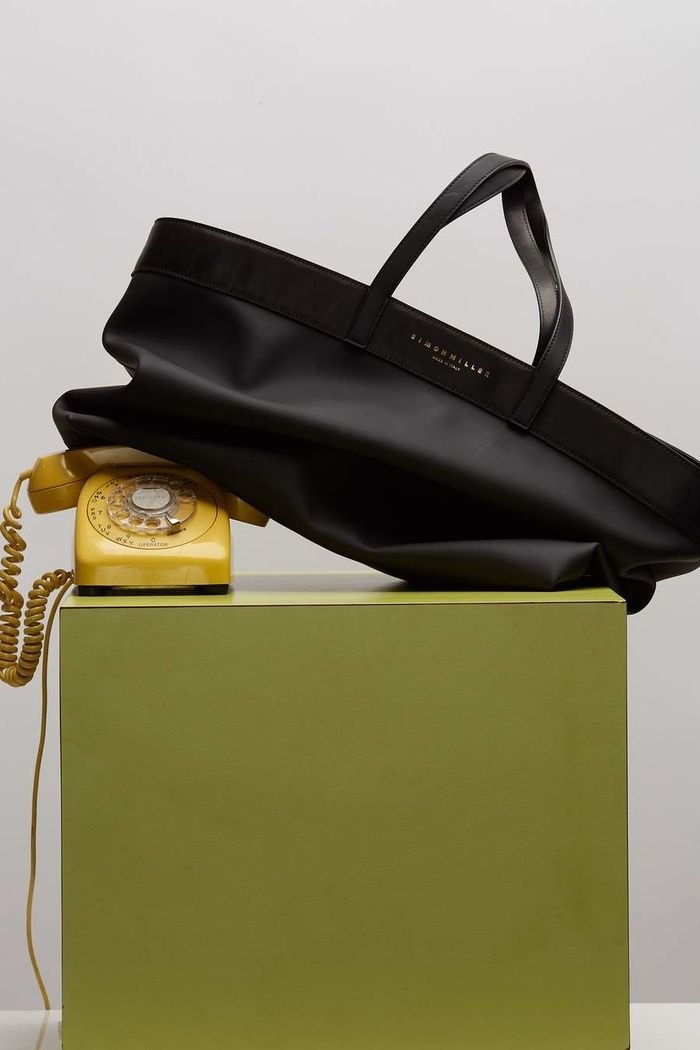The Hidden Harm of After-Christmas Sales
We made it. The tree has been trimmed, gifts wrapped and then unwrapped, and Christmas - whether for you it is joyful, stressful, or both - is past. But the unending seasonal cycle of fashion never sleeps, and After-Christmas sales are here.
Those “SALE!” emails hit your inbox like clockwork every December 26th, but have you ever wondered why they are such a constant in this ever-changing world?
The answer lies in how the fashion industry is incentivized to habitually and intentionally over-order inventory, especially around the Holidays. These sales may seem like one last Holiday gift, but today we’ll dig into how they actually perpetuate the negative cycle of overproduction and overconsumption.
I only hope that doesn’t make me the Grinch that stole….After-Christmas.
Why brands have sales
This may seem obvious: brands have sales so that they sell more! You may also think that “a sale is a sale”, with all types of discounts being equal.
But there are *at least* three different types of sales, all executed in the industry for different reasons and with different implications.
Fair warning: this veers into industry-nerd territory, but hopefully that’s already exactly who I’m speaking to! Let’s dig in.
First, a few quick definitions that may be helpful:
-
is an temporary offer (usually a discount) intended to increase overall units sold. Said another way, it *promotes* sales of a product for a certain period of time.
-
permanently lowers the price until the last item sells, and is almost always intended to clear through leftover inventory.
The rise of planned promotions
Bear with me for a very brief synopsis of ECON 101: pricing and promotions are a tool for brands to maximize their gross margin dollars (GM$), or the total amount of money they make after accounting for the cost of goods. The goal is to find just the right balance between making enough profit on each individual unit, and also having an appealing enough price to actually sell those units.
There is in theory an optimum balance point where you will maximize your possible gross margin dollars (GM$).
But promotional discounts are an amazing psychological trick. They’re like a drug, both for brands and for customers. Your human brain absolutely loves getting “a deal”.
Many years ago brands discovered that when they ran a promotion - say, a Black Friday sale - units seemingly flew out the door and they made way more money. Even more than if they simply priced their items at the promotional price to begin with (i.e., an “Everyday Low Price”). What a trick! Why don’t we do this more often? It worked like a charm for some time.
But, the more they ran that promotion, the more customers realized that another one was probably just around the corner if they waited for it. Brands became essentially unable to sell anything at full price - but the pressure was on to keep growing, so they kept increasing the frequency and depth of those sales to try and get the same response in demand. Customers became even more trained to wait. And so, the vicious promotional sale cycle was born.
At some point, brands realized that they had gotten themselves in the position where they will nearly always be discounted on promotion. Even worse: customers had gotten totally accustomed to those promotions, and they no longer created the same spike in demand as they used to. They were bleeding gross margin dollars (GM$).
So, they started backwards engineering into those promotions, intentionally pricing their goods higher in anticipation of needing to put them “on sale”.
This is how we got ourselves into the mess of the planned promotional calendar. Large brands - say, Gap Inc., J.Crew, or Anthropologie - have entire teams (I once sat on one!) whose entire job is to plan, months or years in advance:
What “full price” for each item should be to maximize GM$, taking into account that
GM% on each unit will be degraded due to a repeated calendar of promotional sales, and
How many units of each item should be purchased, based on expected demand from those promotions
This is how we ended up in a world where there are “sales” all. the. time.
But, this work is all largely theoretical. Once brands are sitting on actual inventory that they need to move through, the game changes entirely.
In-season promotions
Once there is real inventory sitting in stores and warehouses waiting to be sold, the clock is ticking. And in fashion especially, that inventory has a clear expiration date. Cotton dresses aren’t worth much come October, and nobody wants heavy wool sweaters in April.
Even if you are selling ‘seasonless’ styles, you have almost certainly already committed to additional orders. They may already be on a boat, heading towards your already very full warehouse. The name of the game becomes yield: to make the most you can out of what you have, while making sure that it’s also gone by its expiration date.
And yes, there are completely separate full teams whose entire job is to manage these in-season promotions.
If your inventory is flying out the doors at full price - or, at least at the rate that your pre-season planners expected after all the planned promotions - then you’re sitting pretty. But if inventory is moving slower than expectations, you can use in-season promotional action as a tool to try and move it faster.
This may mean adding additional promotional periods. But remember, the calendar is already pretty stacked up since nobody will buy without a sale anymore. So more likely it means increasing the planned depth of the discount, or including more styles in the sale.
If your favorite brand is having a mid-season sale “on select styles”, this is nearly a surefire tell that it is a promotion designed specifically to move inventory that isn’t selling as well as they thought it would.
This is also how we ended up not just with sales all the time, but 30%, 40%, and 50% off sales all the time.
End-of-season markdowns
The final category is the true end-of-season markdown. Ideally, you’ve done a good job throughout the season pulling promotions to manage your inventory levels and these are truly just the last few units with broken size runs.
But it’s very, very difficult to get this right on every single style. And so nearly inevitably, there will be a big end-of-season markdown to just get everything out the door as soon as possible.
A markdown, compared to those planned and in-season promotions, is really quite simple. You start with a significant number that generally matches your deepest in-season discount. Let’s say 50% off. And you keep marking it down further on a regular cadence determined by when you absolutely need it out the door - to 60%, 70%, 80% off - until all the inventory is gone.
Or, in a worst case scenario that unfortunately has become all too common, you are unable to offload it in the timeframe you need, quite literally at any price. You are forced to take a complete loss and donate or dispose of this product. While disposing of it in landfill or through incineration is obviously reprehensible, donation certainly also has its own major issues.
Why brands nearly always buy too much
This means that over the years, brands have developed a pretty sophisticated ‘toolkit’ of discounting devices to help them dynamically move inventory. This is closely linked in with the incentive for brands to habitually buy too much inventory.
It is important to understand that it is downright impossible to order inventory to perfectly match demand, unless of course you are taking pre-orders and actually producing on-demand. But, 99%+ of the industry is not doing this - they are ordering from vendors months in advance, based on demand forecasted by very imperfect methods. It is the goal of inventory management to nail those forecasts perfectly, but it is a goal that will never be achieved. The career attracts very methodical, but also very long-suffering and stoic people.
Underestimating demand and fully selling out of something before its planned ‘expiration date’ is often actually considered a failure in the industry, since it means that there were lost sales from those out-of-stocks. You could have ordered more and made more money. It’s a loss of imagined upside, but it isn’t really a downside.
The flip side of the coin is reaching the ‘expiration date’ with too much inventory. If you didn’t have any good mechanism to get rid of this excess, it would be a huge problem. If you were forced to simply throw away all your inventory, you would be forced to throw away the full cost of those goods. This is a true downside risk.
But, there is an established relief valve for overbuying: promotions and markdowns. We have proven to brands and retailers again and again that if you simply give us a sale, we will buy. So, the downside risk of excess inventory is significantly mitigated. If brands have reasonable confidence that they will be able to offload excess inventory and at least make back what it cost them, they will intentionally over-order, every single time.
How the Holidays make it even worse
All of these year-round dynamics are only exacerbated around the Holidays.
A disproportionate amount of a brand’s total revenue for the year is earned during the Holiday season. While November & December are only ~17% of the calendar year, they can account for 25%-50% of the entire year’s sales. And so, there is intense pressure behind this moment. Screw it up, and the entire year could be a failure.
The year’s heaviest promotions are planned in for Black Friday & December, and tons inventory is specifically ordered against it. Not just any inventory, but *highly* seasonal inventory. Think: sweaters, pajamas, and other giftables in colors and patterns that just scream “Holiday”. They have an extraordinarily short expiration date.
Despite this, incentives are still such that brands want to err on the side of ordering too much rather than too little. Absolutely nobody wants to sell out of Christmas pajamas, ruining the family Holiday card shoot - and loosing those critical sales.
To make matters worse: remember how overall sales volume during this period is exaggerated? This means that any misses in demand forecasts are also exaggerated. A 5% miss during Holiday is much larger in actual product left over than a 5% miss any other time of year.
And so, brands often end up with their worst excess inventory issues of the year when the clock strikes midnight on December 25th. Inevitably, the “SALE!” email hits your inbox first thing on the 26th.
Why should I care?
“Okay, but why are you saying this like it’s a bad thing? Who doesn’t love a sale?! Geez, you really are a Grinch.”
The problem is, does anybody really want or need all this stuff? Remember that this inventory specifically exists as excess because brands intentionally ordered more than they thought they would actually sell in the given time period, as a hedge against the greater sin of selling out too early.
They over-ordered because they had a surefire solution: to offload it on you during the After-Christmas sale. All for it to sit in your closet - mostly unused or underused - and then disposed of after an average of just 7 wears.
To think about it a different way: brands are using you to bail them out of their irresponsible decisions that only fuel the cycle of overproduction and overconsumption.
I would prefer not to be a cog in that wheel, if possible.
So, I implore you to stay intentional this week. The temptation is huge, and it’s not the end of the world if you grab a deal. But try to make it something you were planning to buy anyways, or at least had your eye on before the sale. We want to avoid ending up with a haul of stuff you were influenced to buy because “they were basically giving it away!”.
At the end of the day, the industry is driven by its financial incentives. It simply won’t change in a way that is directly against its business interests. If we agree that overproduction is a problem, the only way the industry will start to shift is if we make it financially painful for them. And it would certainly be painful to them if we make it a pattern to collectively opt out of those sales.
We’re often asked: what small change can I make that will add up to a big difference to make fashion more sustainable? This is one of those chances for action - or, inaction as the case may be.
Devon is a co-founder of Indyx and currently leads Growth for the company from San Francisco. She enjoys admiring other people’s gardens and sleeping in with her French Bulldog, Reggie.




